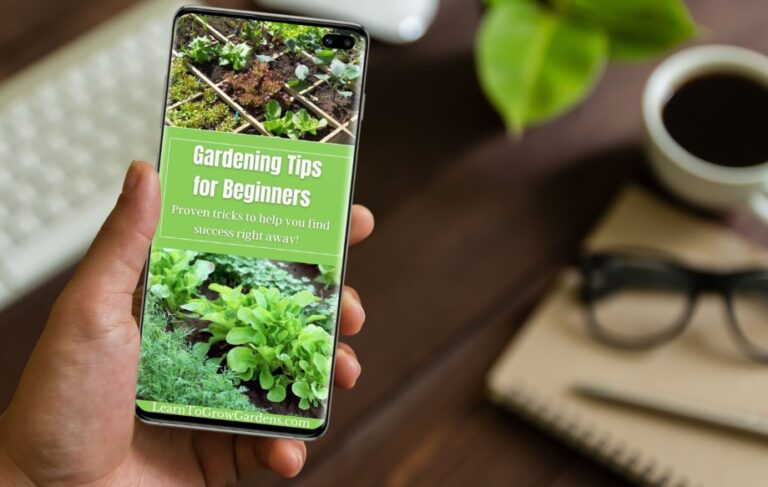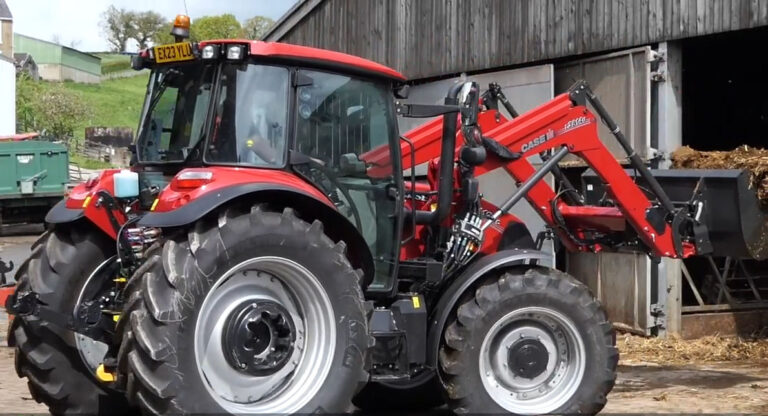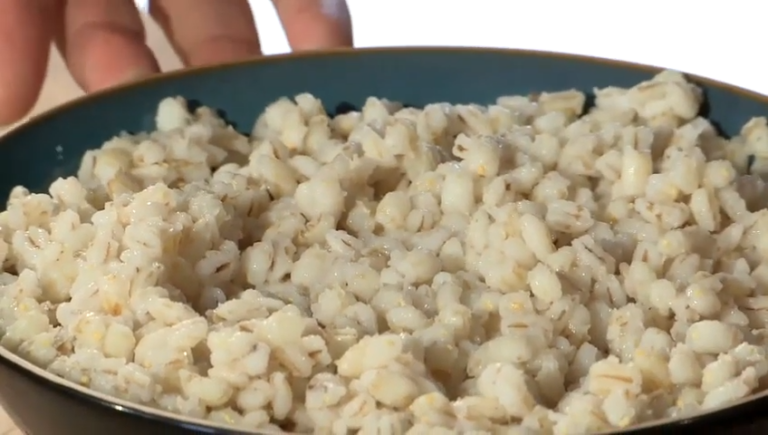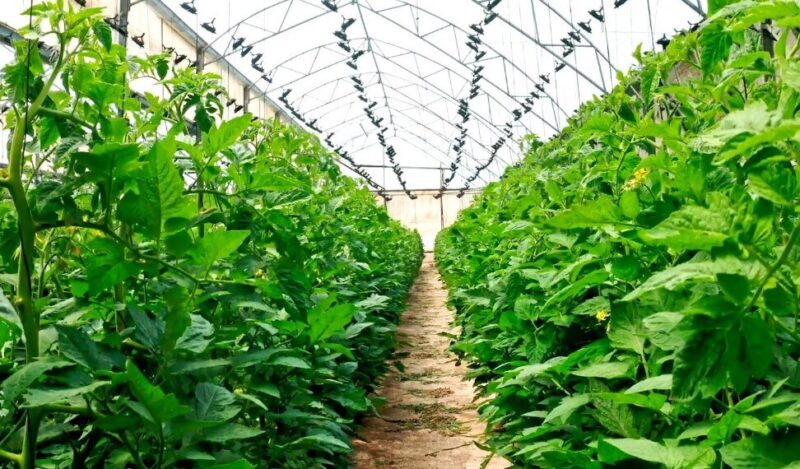Have you ever wondered why your neighbor’s tomatoes are thriving while yours look like they’ve been through a nuclear winter?
The secret might just be that big glass box sitting in their backyard. Welcome to the world of greenhouses. Let’s break down how these plant palaces operate, and why you might want to consider getting one yourself.
What is a Greenhouse?
Picture a glass house. But instead of eccentric millionaires or mysterious family secrets, it’s full of plants. A greenhouse is a structure with walls and a roof made primarily of transparent material, like glass or plastic.
The whole point? To create a controlled environment for plants. Think of it as a spa day for your greens, but every day.
The Basics of How It Works
Here’s the scoop. A greenhouse works on the same principle that makes your car feel like an oven when you leave it in the sun.
The sun’s rays pass through the transparent walls, warming the air and the soil inside. This trapped heat creates a cozy environment for plants, even when it’s freezing outside.
Step-by-Step Breakdown
- Sunlight Enters: Sunlight penetrates the transparent walls.
- Heat is Trapped: The sunlight warms up the soil and plants, which then radiate heat back into the air.
- Warm Air Stays Inside: The structure keeps the warm air from escaping, maintaining a higher temperature than the outside.
The Science Behind It
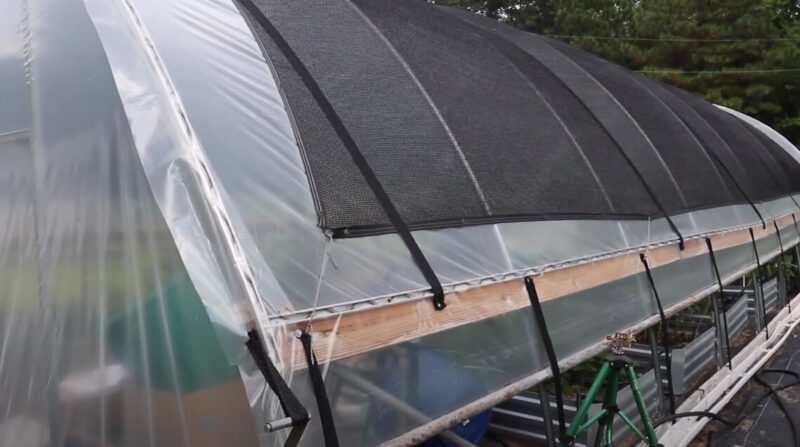
Here comes the science bit. The sun emits shortwave radiation, which passes easily through the greenhouse’s walls. Once inside, this radiation is absorbed by the soil, plants, and other surfaces, which then re-emit the energy as longwave (infrared) radiation.
The greenhouse materials aren’t as transparent to longwave radiation, so this heat gets trapped, warming the interior.
Why Do Plants Love It?
Plants are very sun-dependent. They need light for photosynthesis, the process by which they convert light energy into chemical energy to fuel their growth.
A greenhouse maximizes the amount of light they get while protecting them from extreme weather conditions.
Types of Greenhouses
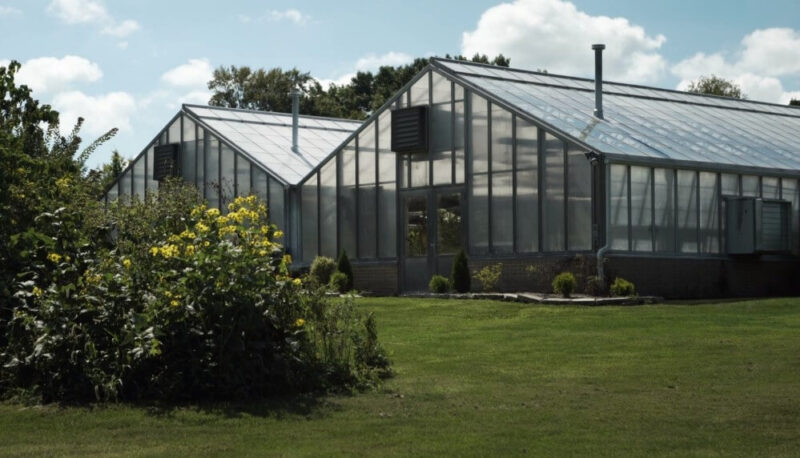
Not all greenhouses are created equal. Here are a few different types:
Cold Frame Greenhouses
The simplest kind. No heating system, just a basic structure to extend the growing season by protecting plants from the elements.
Hotbed Greenhouses
These are a step up. They use a heating source, such as electric heaters or even composting manure, to maintain a higher temperature.
Hydroponic Greenhouses
No soil, no problem. These use a nutrient-rich water solution to grow plants. It’s like hydroponics on steroids, often resulting in faster growth and higher yields.
Building Your Own Greenhouse
So, you’re sold on the idea. Now what? Building your own greenhouse can be a fun project, and it doesn’t have to break the bank.
Materials You’ll Need
- Frame: Usually made of wood or metal. PVC piping works too if you’re going for a budget option.
- Covering: Glass, polycarbonate, or polyethylene. Each material has its pros and cons in terms of durability, cost, and insulation properties.
- Ventilation: Windows or vents to control the temperature and humidity.
- Heating (Optional): Electric heaters, heat lamps, or even a composting system.
Steps to Build
- Choose Your Location: Sunny spot, away from shadows.
- Lay the Foundation: Concrete, wood, or just the bare ground.
- Construct the Frame: Follow your material’s guidelines.
- Attach the Covering: Make sure it’s secure to withstand wind and weather.
- Install Ventilation: Essential to prevent overheating.
- Set Up Heating (if needed): Only if you’re planning to grow tropical plants or garden year-round.
Maintaining Your Greenhouse
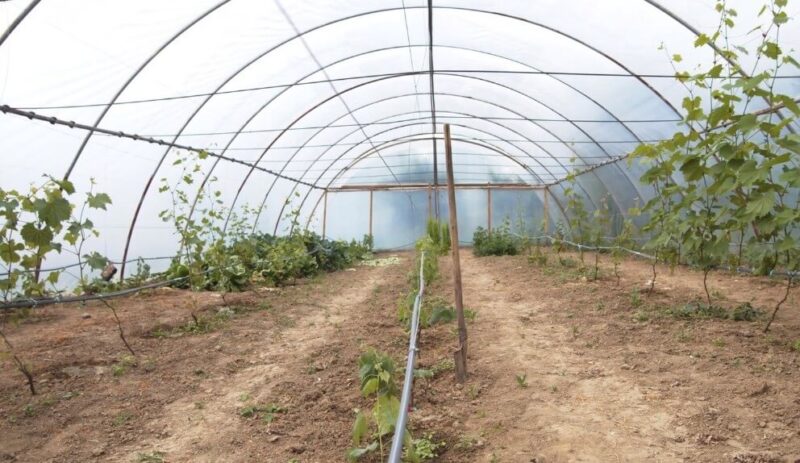
Building the greenhouse is only half the battle. Keeping it running smoothly is where the real work starts.
Temperature Control
Plants are divas about temperature. Too hot or too cold, and they’ll throw a fit. Use thermometers and automated systems if you’re serious, or just check regularly and adjust vents and heaters manually.
Humidity Levels
Greenhouses can get humid, which is great for plants but can also lead to mold and mildew. Ensure proper ventilation to keep the air flowing and prevent excessive moisture buildup.
Pest Control
Even in a greenhouse, pests can find their way in. Regularly inspect your plants and use natural or chemical treatments as necessary to keep the bugs at bay.
Pros and Cons of Greenhouses
- Extended Growing Season: Grow plants year-round, regardless of the weather.
- Protection from Elements: Wind, rain, snow, and pests are kept at bay.
- Controlled Environment: Optimize conditions for plant growth.
- Initial Cost: Can be pricey to build and set up.
- Maintenance: Requires ongoing effort to manage temperature, humidity, and pests.
- Energy Use: Heating and lighting can increase your utility bills.
Let’s keep it real. Greenhouses aren’t all sunshine and roses. Here are some benefits and drawbacks to consider.
Greenhouse Gardening Tips
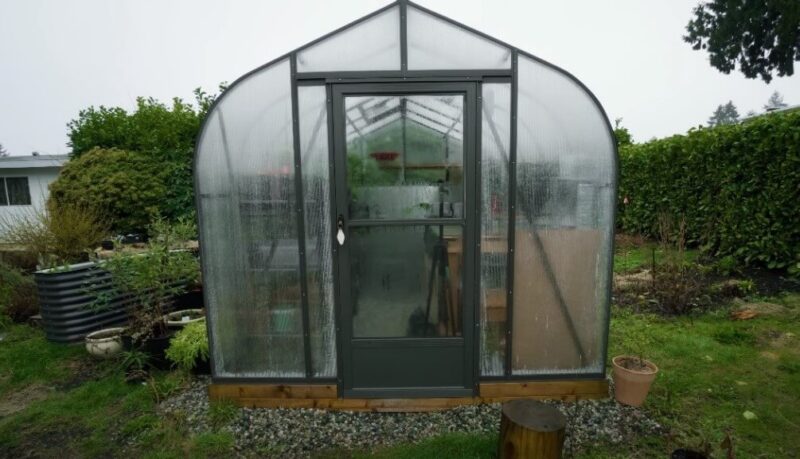
Here are a few tips from someone who’s killed more plants than they’d like to admit:
- Start Small: If you’re new, begin with a small structure and easy-to-grow plants.
- Monitor Conditions: Regularly check temperature and humidity levels.
- Use Quality Soil: Invest in good potting soil for the best results.
- Rotate Crops: Prevent soil depletion and pest buildup by changing what you grow each season.
Final Words
Greenhouses are revolutionary for anyone serious about gardening. They provide a controlled environment where you can grow anything from flowers to vegetables all year round.
Sure, they require an initial investment and ongoing maintenance, but the rewards—fresh, home-grown produce and a lush garden—are worth it.
So, if you’re looking to extend your growing season or protect your plants from the elements, a greenhouse might just be the answer.


